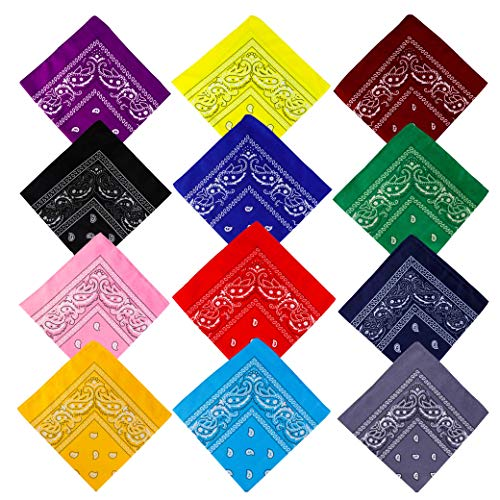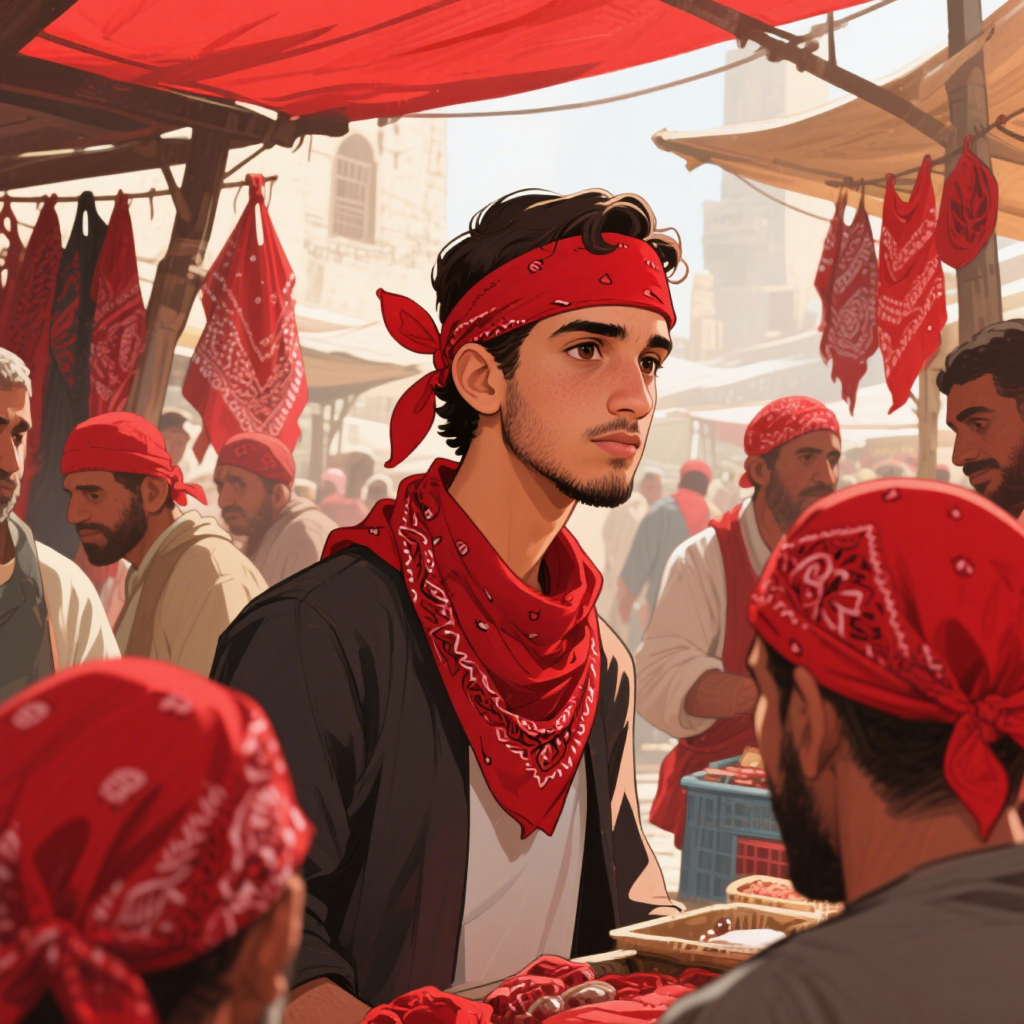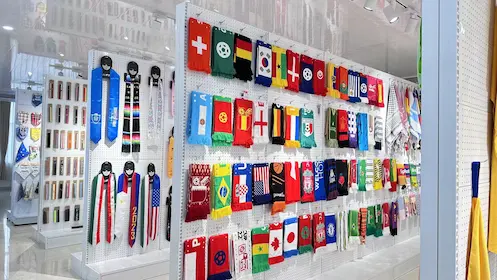Obsah
PřepnoutProč bychom měli věnovat pozornost barvě šátku?
Prvním je, že v různých regionech, barva šátku mohou souviset se skupinami, organizacemi nebo gangy. Některé barvy mají specifický sociální nebo kulturní význam. Nesprávný výběr může způsobit nedorozumění nebo nejistotu.
Druhým je, že ne všechny barvy se hodí pro každého nebo pro každou příležitost. Barvy ovlivní sladění vaší celkové postavy. Různé příležitosti a různé outfity mají také určité požadavky na barvy.

Barvy, kterým se vyhnout, na základě gangů a sociálních a kulturních faktorů
Červená a modrá představují různé gangy. Při nošení těchto barev v některých zemích nebo regionech byste měli předem vědět, zda v tomto ohledu neexistují nějaká tabu, například ve Spojených státech.

Fialová a zelená jsou symboly pouličních skupin. Při používání šátků těchto barev byste si také měli předem uvědomit, zda v tomto ohledu neexistují nějaká tabu, například ve Spojeném království.
Černá nebo šedá barva souvisí s jinými skupinami v některých městech, takže před použitím těchto barev musíte nejprve porozumět kulturní historii a společenskému dopadu čtvercového šátku ve vaší oblasti.
Barvy, kterým se vyhnout na základě vašeho oblečení
Příliš křiklavé barvy, jako je fluorescenční žlutá a fluorescenční zelená, působí ve formálním nebo přírodním prostředí nečekaně a mohou snadno způsobit únavu zraku.
Příliš tmavé a staromódní barvy, jako je tmavě hnědá a šedozelená, vás budou činit velmi nudnými nebo zastaralými, což je obzvláště špatné pro lidi se světlou pletí.
Barvy, které kontrastují s barvou vaší pleti, například nošení teplého šátku na chladné pleti.
Nejprve si můžete otestovat, jakou barvu máte. Oblečte si čistě bílé tričko a postavte se před zrcadlo. Pokud vaše pleť vypadá růžově nebo má růžový odstín, znamená to, že máte chladný odstín pleti.
Pokud vaše pleť vypadá nažloutlá nebo olivově zbarvená, znamená to, že máte teplý tón pleti.
Další znalosti, teplé barvy (červená, oranžová, žlutá, zlatá, korálově červená, olivově zelená, khaki) a studené barvy (modrá, fialová, růžová, stříbrošedá, královská modrá, zelená, bílá, světle šedá)
Jak si vybrat šátek, který vám padne
Nejprve je třeba porozumět místní historii a kultuře šátků a jejich společenskému dopadu, určit, které barvy nelze používat nebo používat s opatrností, a tyto barvy nejprve vyloučit.
Pak si vyberte barvu, která vám nejlépe vyhovuje, na základě barvy pleti, základních technik sladění barev (jako jsou doplňkové barvy, stejná barva), příležitosti, které se účastníte, a barevného sladění vašeho celkového oblečení a doplňků.
Shrnutí
Musíte pochopit kulturní význam barvy aby vám pomohl nosit šátek bezpečněji a vhodněji. Výběr správné barvy může vylepšit váš image a vyhnout se trapným situacím. I když je móda důležitá, bezpečnost a respekt jsou ještě důležitější.
FAQ
1. Jakým barvám šátků bych se měl/a vyhnout?
Měli byste se vyhýbat červeným, modrým a někdy i černým nebo fialovým šátkům – zejména v městských oblastech USA. Tyto barvy mohou být spojovány s gangy jako například
2. Znamená barva šátku něco?
Ano, na některých místech nesou barvy šátků kulturní, sociální nebo dokonce politické významy.
3. Co znamená černý šátek?
Význam černého šátku se může lišit v závislosti na kontextu, kultuře a osobním stylu.
V oblasti módy představuje černá gang rock. V některých kulturách černá představuje odpor k establishmentu a gangům. Souvisí také s místní historií a kulturou šátků.
4. Je v pořádku nosit růžový šátek?
Ano – růžová je obecně bezpečná a běžně se nespojuje s žádným gangem ani agresivní skupinou.



